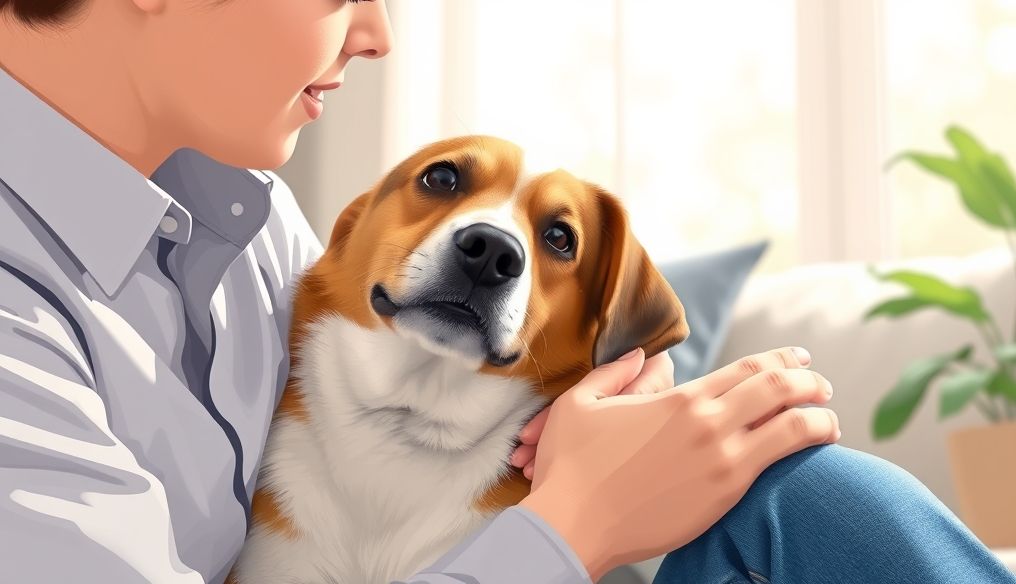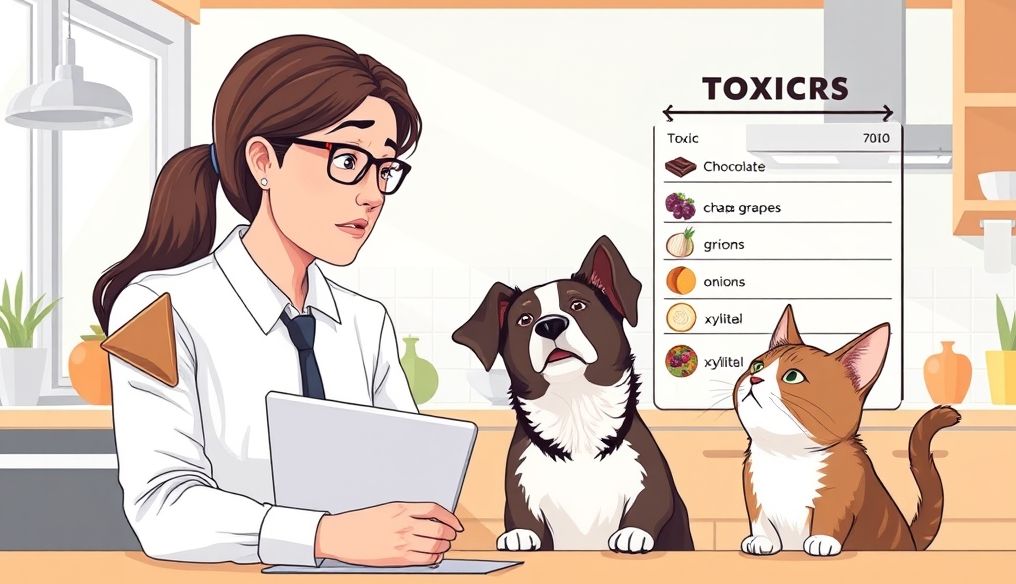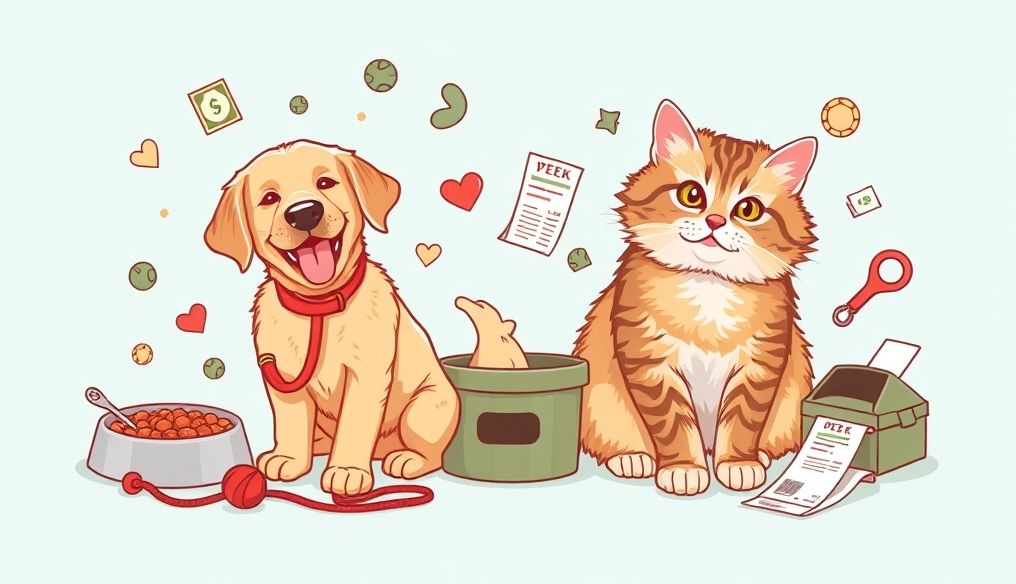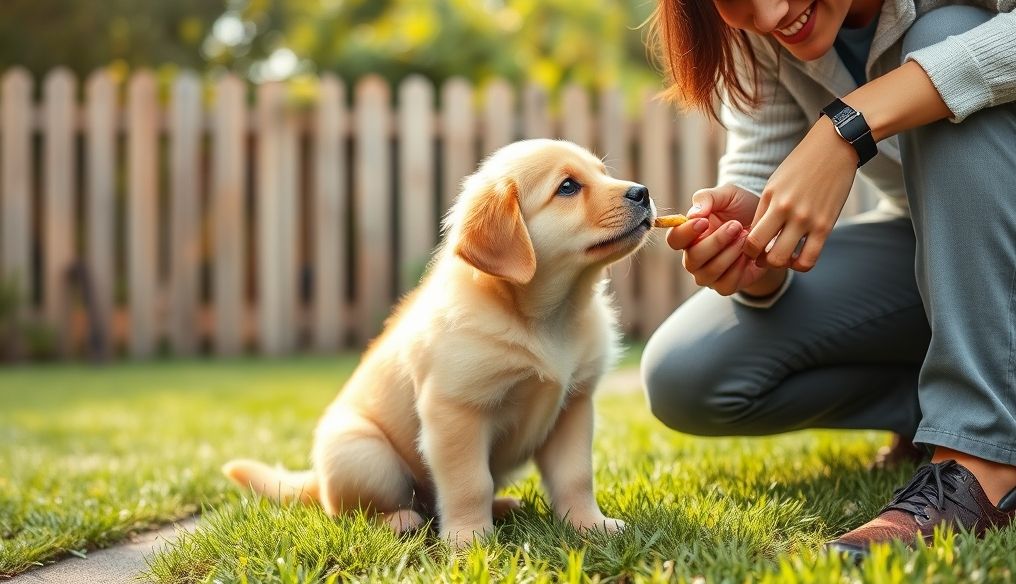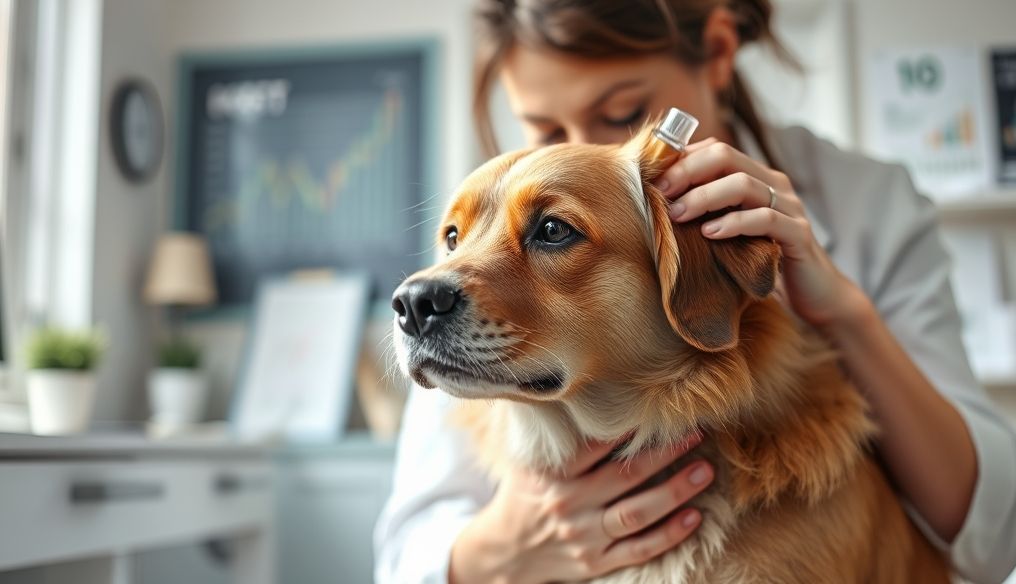Introduction: A Window into Your Pet's World
Pets, whether dogs, cats, or others, communicate with us constantly, not only through barking or meowing, but also through their body language. Understanding this language is the key to a stronger and more harmonious relationship with your pet.
Chapter 1: The Basics of Body Language in Pets
What is Body Language?
Body language is a set of non-verbal signals that an animal uses to express its feelings and intentions. These signals include body posture, facial expressions, tail movements, ear position, and more.
Why is it Important to Understand Body Language?
- Improve Communication: Understand what your pet is trying to say.
- Strengthen the Bond: Build a relationship of mutual trust and respect.
- Avoid Behavioral Problems: Recognize signs of anxiety or fear early.
- Provide Appropriate Care: Better understand your pet's needs.
Chapter 2: Body Language in Dogs
The Tail: More Than Just a Wagger
Tail movement is not always a sign of happiness. Here are some interpretations:
- High and Vigorous Wagging Tail: Often indicates excitement or confidence.
- Low and Wagging Tail: May indicate submission or uncertainty.
- Tail Tucked Between Legs: A sign of intense fear or pain.
- Straight and Taut Tail: May indicate intense attention or readiness to attack.
Ears: Antennas of Emotion
- Erect Ears: Indicate attention or curiosity.
- Ears Drooping Backwards: May indicate submission or fear.
- Ears Flattened Against the Head: A sign of intense fear or aggression.
Body Posture: A Complete Story
- Upright Stance: Indicates confidence and dominance.
- Bowing: May indicate an invitation to play.
- Lying on the Back with Belly Exposed: A sign of relaxation and trust.
- Hunching: May indicate pain or discomfort.
Facial Expressions: Window to the Soul
- Growling: A clear warning that the dog is uncomfortable.
- Showing Teeth: A sign of aggression.
- Licking: May indicate tension or an attempt to calm down.
- Yawning (Outside of Sleep Time): Often a sign of tension or anxiety.
Chapter 3: Body Language in Cats
The Tail: Mirror of Emotions
- High and Slightly Wagging Tail: A sign of happiness and welcome.
- Puffed Up Tail: Indicates fear or anger.
- Tail Tucked Between Legs: A sign of fear or submission.
- Tail Moving Sharply from Side to Side: May indicate excitement or annoyance.
Ears: Mood Indicators
- Erect Ears: Indicate attention or curiosity.
- Ears Drooping to the Sides: May indicate relaxation.
- Ears Flattened Against the Head: A sign of fear or aggression.
Body Posture: Guide to Intention
- Arched Back: May indicate fear or readiness to attack.
- Lying on the Back with Belly Exposed: A sign of trust and relaxation (but not always an invitation to touch!).
- Rubbing Against Objects: A way to leave scent marks and express ownership.
Meowing: A Special Language
Meowing is not always just meowing. The tone and duration can give additional information:
- Short Meow: Often a simple greeting.
- Long Meow: May indicate a request or need.
- Loud Meow: May indicate pain or discomfort.
Chapter 4: Individual and Contextual Differences
It is important to remember that each pet is unique. Signals may vary slightly between individuals. In addition, body language should always be interpreted in the context of the situation. What may mean something in one situation, may mean something else in a different situation.
Chapter 5: Signs of Anxiety and Stress
Recognizing signs of anxiety and stress in your pet can help you intervene early and prevent behavioral problems. Some common signs include:
- Excessive Panting (in dogs).
- Urinating or Defecating in Inappropriate Places.
- Destroying Furniture.
- Excessive Licking.
- Hiding.
- Trembling.
Chapter 6: How to Improve Your Body Language Reading Skills
- Careful Observation: Dedicate time to observe your pet in different situations.
- Continuous Learning: Read books and articles, and watch educational videos.
- Consulting Experts: Talk to a veterinarian or animal behaviorist.
- Trusting Your Intuition: You know your pet better than anyone else.
Chapter 7: Practical Examples and Applications
Example 1: A Dog Growling While Eating
If your dog growls while eating, it means they feel threatened about their food. Do not try to approach them or take their food. Instead, try feeding them in a quiet and safe place where they feel comfortable.
Example 2: A Cat Rubbing Its Head Against You
When your cat rubs its head against you, it is leaving scent marks on you and considering you part of its family. This is an expression of affection and trust.
Chapter 8: Building a Stronger Relationship Through Understanding
Understanding your pet's body language is not just a useful skill, it is an investment in your relationship. By listening to what your pet is saying (even without words), you can build a stronger and more harmonious bond that lasts a lifetime.
Conclusion
Learning to read your pet's body language is an ongoing journey. Be patient and observant, and don't be afraid to seek help from experts. The reward will be a deeper and more meaningful relationship with your furry friend.
